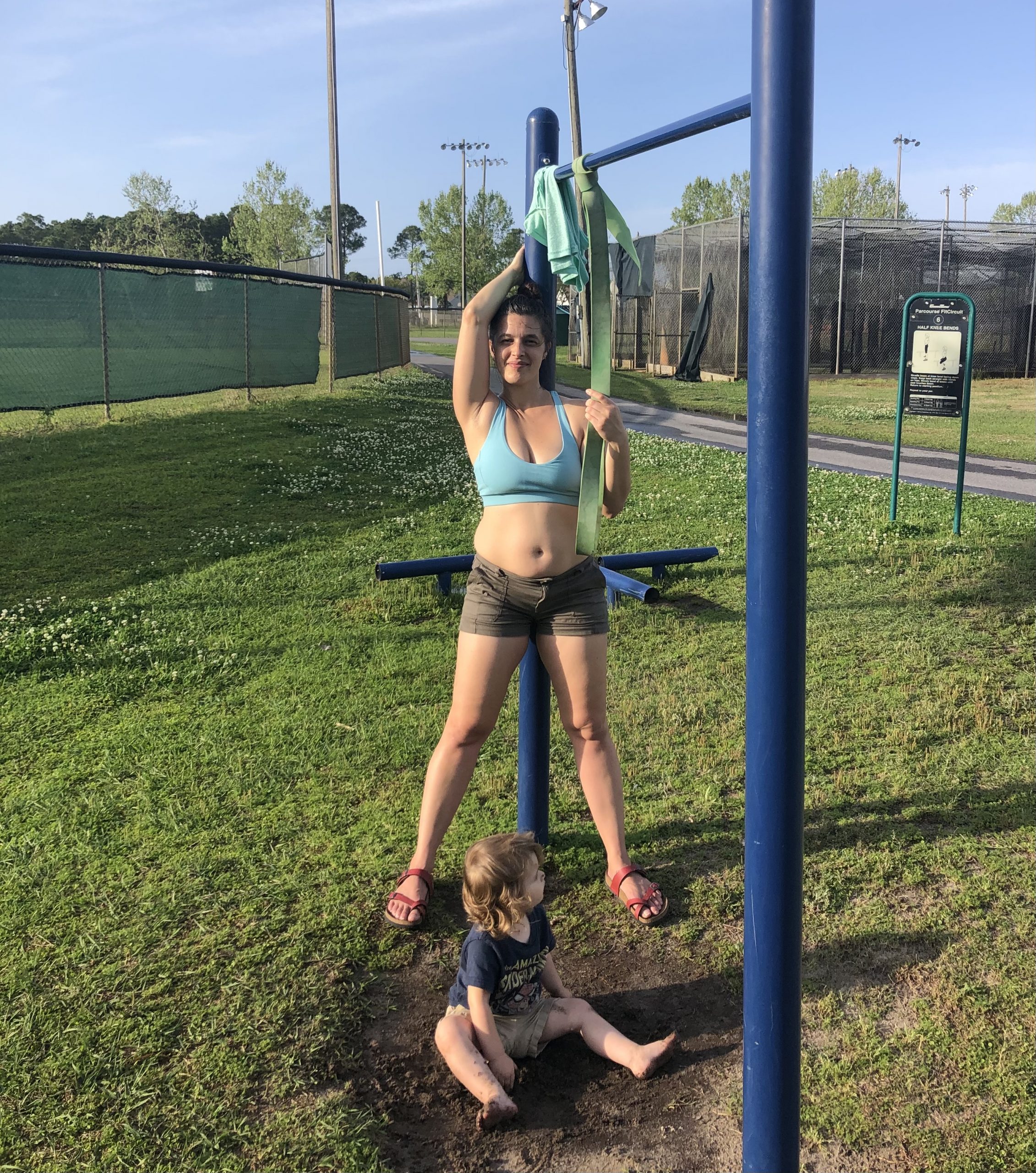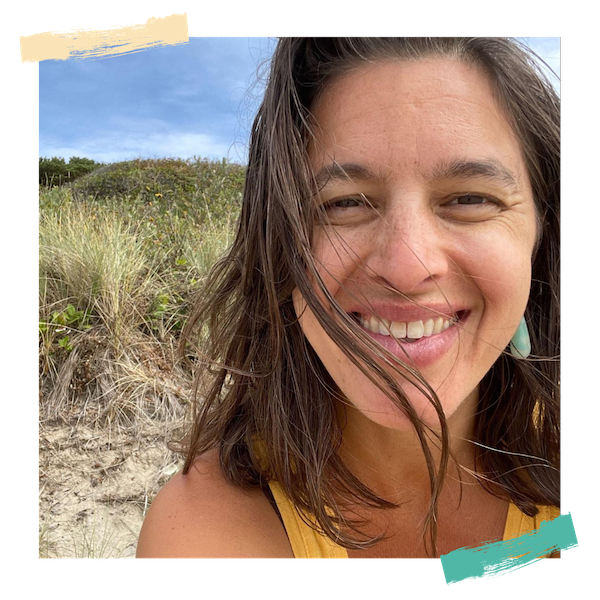“Suck in your tummy.”
“Tighten your core.”
“Engage your abs.”
“Imagine you’re wearing a corset.”
“Pull your navel to your spine.”
“Flatten your low back to the floor.”
“Tuck your tailbone.”
These are all common instructions you might hear when someone is teaching core work, but you won’t hear me say them.
Let’s talk about why.
First of all, when it comes to core engagement, your abdominal muscles know how to engage all on their own. You don’t have to squeeze them, tighten them, or flex them in order for your abs to work. For example, if your are standing up and lift one of your feet off the ground, your core muscles will work to help stabilize you so you don’t fall over. Or they’ll try.
You don’t need to do anything extra here. Your core muscles know what to do automatically.
Squeezing your abs won’t improve your balance. If anything, when you overdo it by excessively tightening your core muscles, you might lose your balance.
Second, when it comes to some of these actions, they’re not particularly sustainable or effective. You can suck in your tummy, but does that actually work to help stabilize your spine? No, not really.
How long can you keep your navel pulled in toward your spine? Not too long and definitely not in every position.
And flattening your low back to the floor might feel effective, but how does that translate to standing upright? Go ahead and try it. Stand up and imagine there is a wall behind you. Now push your low back against it. How does that feel? Not so awesome. And I’m guessing you can’t sustain it very long, either.
When it comes to core work, you want actions that are both sustainable and that feel good.
Additionally, you want actions that translate to more than one pose and more than one orientation (lying down, standing up, balancing on feet, balancing on hands). Ideally, these actions even translate to off the mat stances like washing dishes, holding your babies, and sitting at your desk.
Third, many of these are fairly superficial actions. Sucking in your tummy does more for how your stomach looks that how it works. Engaging your abs might make them “pop” more for a photo, but it’s not necessarily going to help you otherwise.
I can’t even talk about the whole “imagine your abs are like a corset” because I’ve watched enough costume dramas to know how delightful corsets are.
Are there times when you might actually need to “engage your core?”
Yes, but I wouldn’t use that specific language. Let’s say you’re trying to lift something heavy. Maybe a dresser or weights or a large sleeping child. In this case, “bracing” your core can be useful. Think of it more as holding yourself steady to best support your spine.
You won’t hear me offer this cue though because in the yoga and movement classes I teach, you’re not ever lifting anything that heavy.
Beyond that, all of those wacky instructions are things you’ll never hear me say because they don’t help.
Now what can you expect to hear me say?
Generally, you might hear me say 1 of 3 things:
Neutral Pelvis, Ribs Stacked, and Contained Body
Curious about how to do these 3 actions?
Check out this quick video, which is a part of my Yoga for a Healthy Core program
These are actions that are way more subtle and also more effective.
Tucking your tailbone is an aggressive action that you can absolutely feel, but it’s not sustainable and doesn’t do much for your core.
Neutral pelvis is quieter and sometimes difficult to feel at first. It’s also practical, applicable in any pose, and very effective when using your core muscles.
Pulling your navel to your spine feels like you’re doing something big. But all you’re really doing is arching your spine upward.
Stacking your ribs is softer and maybe tricky to feel. It’s also way more supportive.
Flattening your low back to the floor is a big action and a “quick fix”. If you’re on your back, you’ll definitely feel more core activation if you do this.
It also doesn’t last long, doesn’t usually feel great, and doesn’t teach you how to feel or use your core standing up.
Neutral pelvis is easier to maintain and easier to use in pretty much any position.
You’ll hear me say these terms a lot because I prefer to use terms that actually work. I also prefer terms that are respectful to your body and lead to sustainable action. Both are values on, as well as off the mat.
If this kind of core work is your kind of core work, you will love my Yoga for a Healthy Core program.
Daily core-focused videos, each just 10-12 minutes long, for 5 weeks. In addition, you’ll receive weekly, as well as daily support with evidence-based tools for maintaining your daily practice. So not only will you feel stronger in 5 weeks, but you’ll also have the foundation set to continue your daily practice when this program ends.
Earlybird bonuses through May 2nd, 2021.



